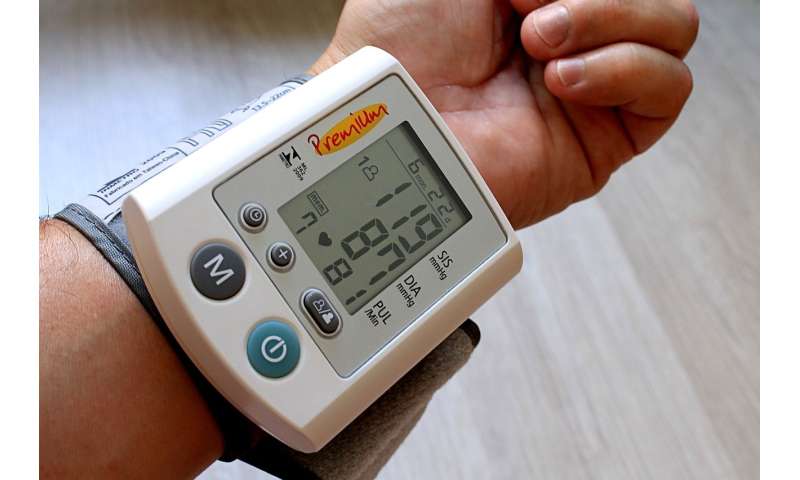
People with Parkinson’s disease are more likely than people of a similar age without the disease to have a sudden drop in blood pressure upon standing, a phenomenon called orthostatic hypotension, according to a new study published in the September 16, 2020, online issue of Neurology. The drop in blood pressure can lead to dizziness, lightheadedness, and even loss of consciousness and falls.
“In many cases, this can result in falls and fainting,” said study author Alessandra Fanciulli, M.D., Ph.D., of the Medical University of Innsbruck in Austria. “If we can monitor people’s blood pressure to detect this condition, we could potentially control these blood pressure drops and prevent some of the falls that can be so damaging for people with Parkinson’s.”
The study involved 173 people with Parkinson’s disease who had been referred for testing for autonomic problems that can cause dizziness and fainting. They were compared to 173 people of the same age who did not have Parkinson’s but had a condition called orthostatic intolerance. This is when you develop symptoms when upright that go away when lying down. The symptoms include vision problems, headache, anxiety, fatigue and weakness.
The people’s blood pressure was monitored for two types of orthostatic hypotension. The first one is called transient orthostatic hypotension and occurs when blood pressure falls dramatically upon rising from sitting or lying down and then goes back to normal within about a minute. In the second one, called classic orthostatic hypotension, blood pressure drops within three minutes after standing, and then returns to normal.
The study found that 19% of the people with Parkinson’s had classic orthostatic hypotension, while no one in the other group did. Transient orthostatic hypotension occurred in 24% of people with Parkinson’s and 21% of the people with orthostatic intolerance. After adjusting for other factors that could affect the risk of a blood pressure drop, researchers determined that people with Parkinson’s disease were twice as likely to have the condition than those in the other group.
Forty percent of those with Parkinson’s had a history of falls. Of those, 29% fell due to fainting.
Treatments for orthostatic hypotension were prescribed for 18 of the 39 people with the transient form. Nine people used methods other than drugs, including increasing water and salt intake, sleeping with their head at an incline and wearing a wide compression belt. Of those, six people said their symptoms improved. Six people were told to stop taking their high blood pressure medication (ACE inhibitors, diuretics or beta blockers); three of them said symptoms improved. Three people started taking adrenergic drugs (midodrine in two cases and droxidopa in another); the patient taking droxidopa reported an improvement in symptoms.
“While these results are preliminary and larger studies are needed, they suggest that these treatments that have been used for classic orthostatic hypotension may prove effective for transient orthostatic hypotension as well,” Fanciulli said.
Source: Read Full Article
